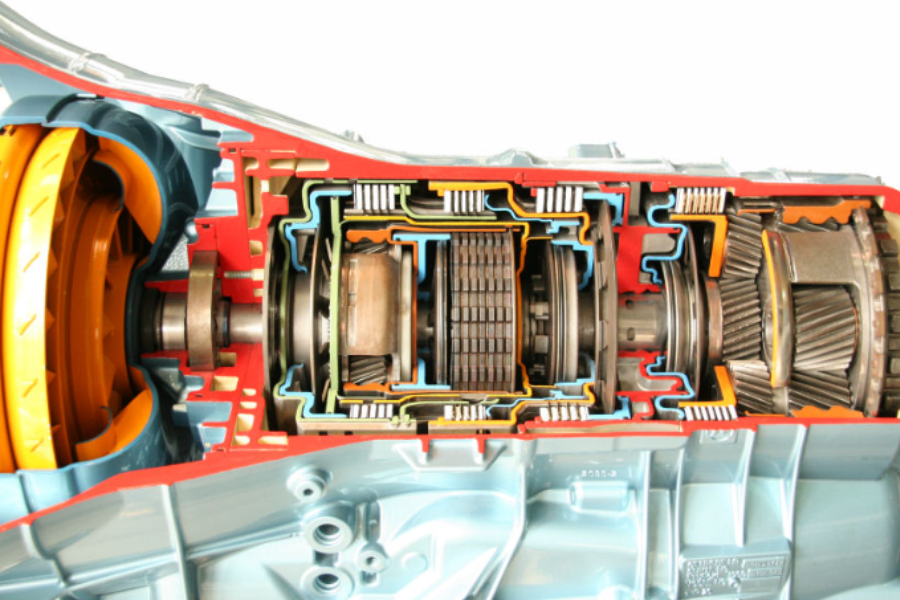Introduction
Every day, numbers are an integral part of our lives, but some carry a unique significance worth exploring. Consider the numbers 9.02, 8.9975, and the fraction thirteen/five—what do these represent in our world? These seemingly simple figures hold weight and meaning in various contexts, from finance to technology and beyond. Whether you’re a math enthusiast or simply curious about how numbers influence your daily life, this journey will shed light on their importance and relevance. Let’s delve into the fascinating world of these distinctive numbers!
Comprehension of Decimal Numbers: Making sense of the Meaning of Two Decimal Numbers
Decimal numbers are a fascinating aspect of arithmetic, allowing us to express values that fall between whole numbers with great precision. The decimals 9.02, 8.9975, and the fraction 13/5 exemplify this precision beautifully.
When you look at 9.02, it conveys more than just the number nine; it indicates a slightly higher value—just over nine but not quite ten. Each digit after the decimal point adds depth to our understanding of the quantity.
In contrast, 8.9975 provides even greater specificity. It is very close to nine, yet still slightly less, illustrating how decimals can convey subtle differences in size or comparison.
These nuances are crucial in fields like finance and science, where accuracy is essential. Understanding these numbers enhances our ability to make informed decisions based on precise data rather than vague estimates.
The Power of Fractions: How Fractions Can Be More Precise Than Decimals
Fractions possess a unique power in the world of numbers, offering a level of precision that decimals sometimes struggle to achieve.
Take the fraction 13/5, for example. It directly represents the relationship between two whole numbers without rounding, providing a clear and exact expression of quantity.
While decimals like 9.02 and 8.9975 might seem straightforward, they often require approximation in calculations involving complex measurements.
Fractions can simplify expressions and maintain accuracy during operations such as addition or subtraction, which is especially useful in fields ranging from construction to cooking.
Additionally, fractions are inherently flexible; they can be converted into different forms while retaining their value. For instance, converting 13/5 into its decimal equivalent results in a repeating number: 2.6—a reminder that not all numbers express their true nature equally well.
Understanding this distinction enhances our approach to mathematics and improves our problem-solving abilities across various applications.
Real-World Applications: Examples of How These Numbers Are Used in Everyday Life
Numbers like 9.02, 8.9975, and 13/5 appear in various aspects of daily life, often in ways we might not immediately recognize.
For example, when shopping for groceries, you might find prices listed as decimal numbers—such as $9.02 for a particular product. This level of precision helps consumers make informed decisions about their purchases.
In cooking or baking, recipes often use fractions like 13/5 cups to ensure precise measurements for perfect results. These ratios are crucial when scaling recipes up or down.
Engineers and architects rely on decimal values to accurately calculate dimensions when designing structures. Even the slightest variation can impact the integrity of a project.
In finance, understanding interest rates often involves decimals like 8.9975%. Knowing how these figures affect loans or investments can lead to better financial decisions over time.
Conclusion
In conclusion, numbers like 9.02, 8.9975, and 13/5 may appear simple at first glance, but they carry profound significance across different areas of our lives. Their precision and accuracy are vital in fields such as finance, science, engineering, and daily tasks like cooking and shopping. Understanding the role these numbers play helps us make informed decisions, whether we’re managing finances, designing complex structures, or perfecting a recipe. Embracing the nuances of decimals and fractions enriches our mathematical comprehension and enhances our ability to navigate the world with confidence and precision.
FAQs
Q: Why is it important to understand decimal numbers like 9.02 and 8.9975?
A: Understanding decimal numbers is important because they allow for precise measurement and representation of values that lie between whole numbers. This precision is crucial in fields like finance and engineering, where even small discrepancies can have significant impacts.
Q: How does the fraction 13/5 differ from its decimal equivalent 2.6?
A: The fraction 13/5 provides an exact representation of the relationship between two numbers without rounding. Its decimal equivalent, 2.6, is a repeating number, which illustrates that not all numbers can be expressed equally well in decimal form. Fractions can offer more accuracy in calculations.
Q: How are numbers like 9.02 used in everyday situations?
A: Numbers like 9.02 are used in various everyday situations, such as pricing items in stores, measuring ingredients in cooking, or calculating dimensions in construction. They provide the precision needed for making informed decisions and achieving accurate results.
Q: Why might someone choose to use a fraction instead of a decimal?
A: Fractions can be more precise than decimals in certain calculations, especially when dealing with complex measurements. They avoid the rounding errors that can occur with decimals and are often easier to work with in operations like addition or subtraction.
Q: What are some practical examples of using these numbers in professional fields?
A: In professional fields, decimals like 9.02 might be used in finance to determine interest rates, while engineers might use precise decimal values to calculate dimensions. Fractions like 13/5 can be used in cooking or construction to ensure accurate measurements and scaling.
Stay connected for the latest news and updates on viprow.uk





